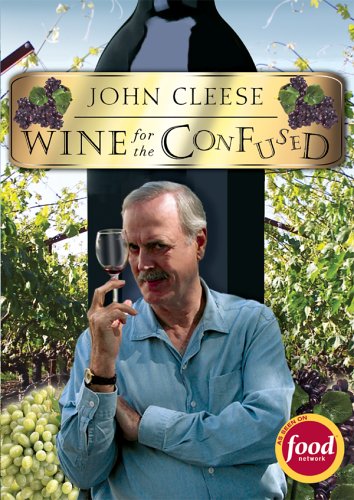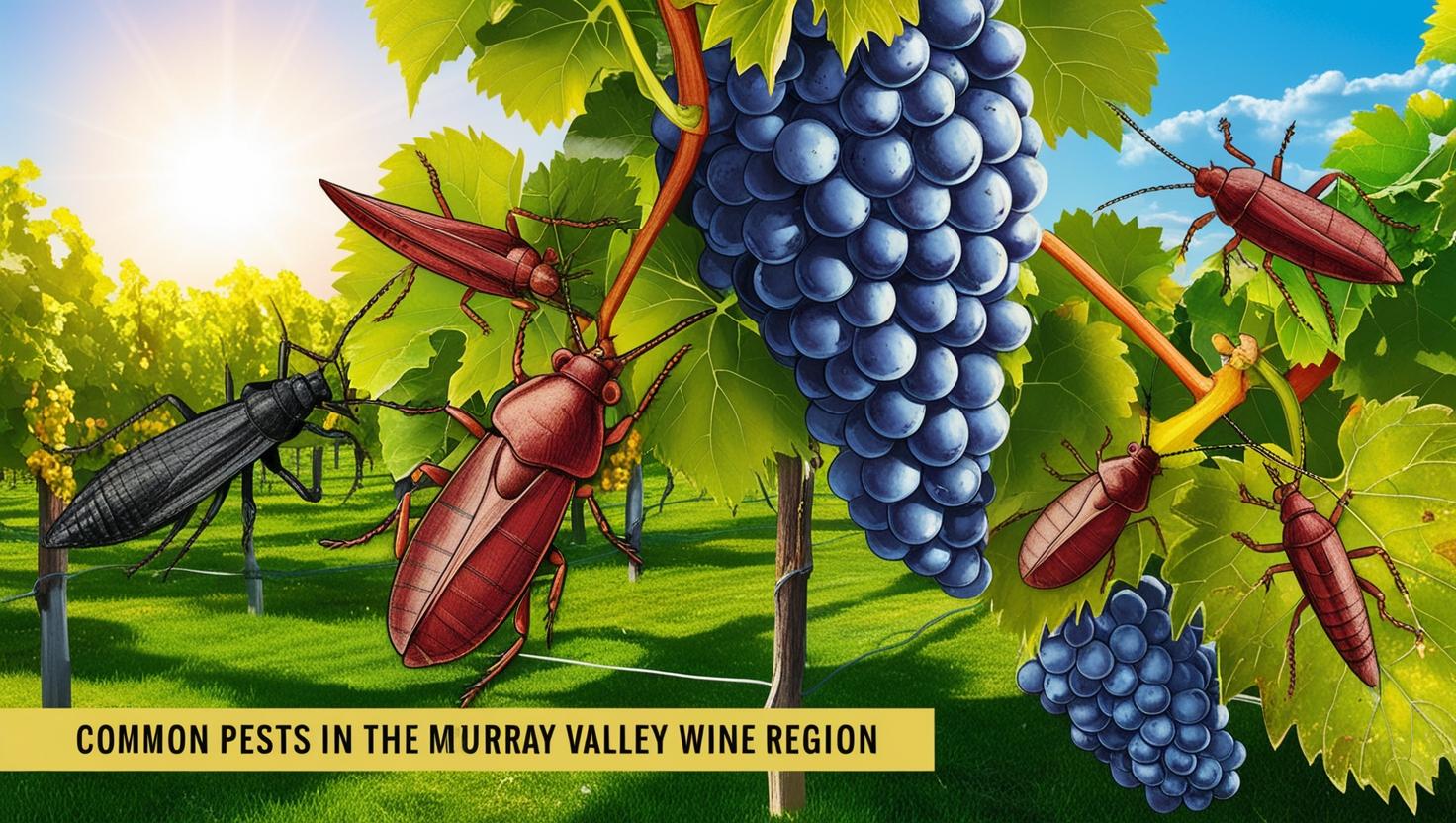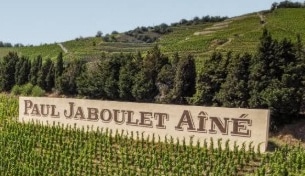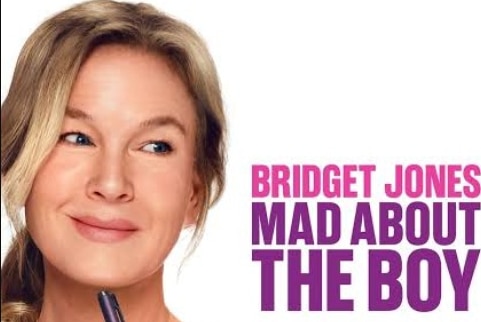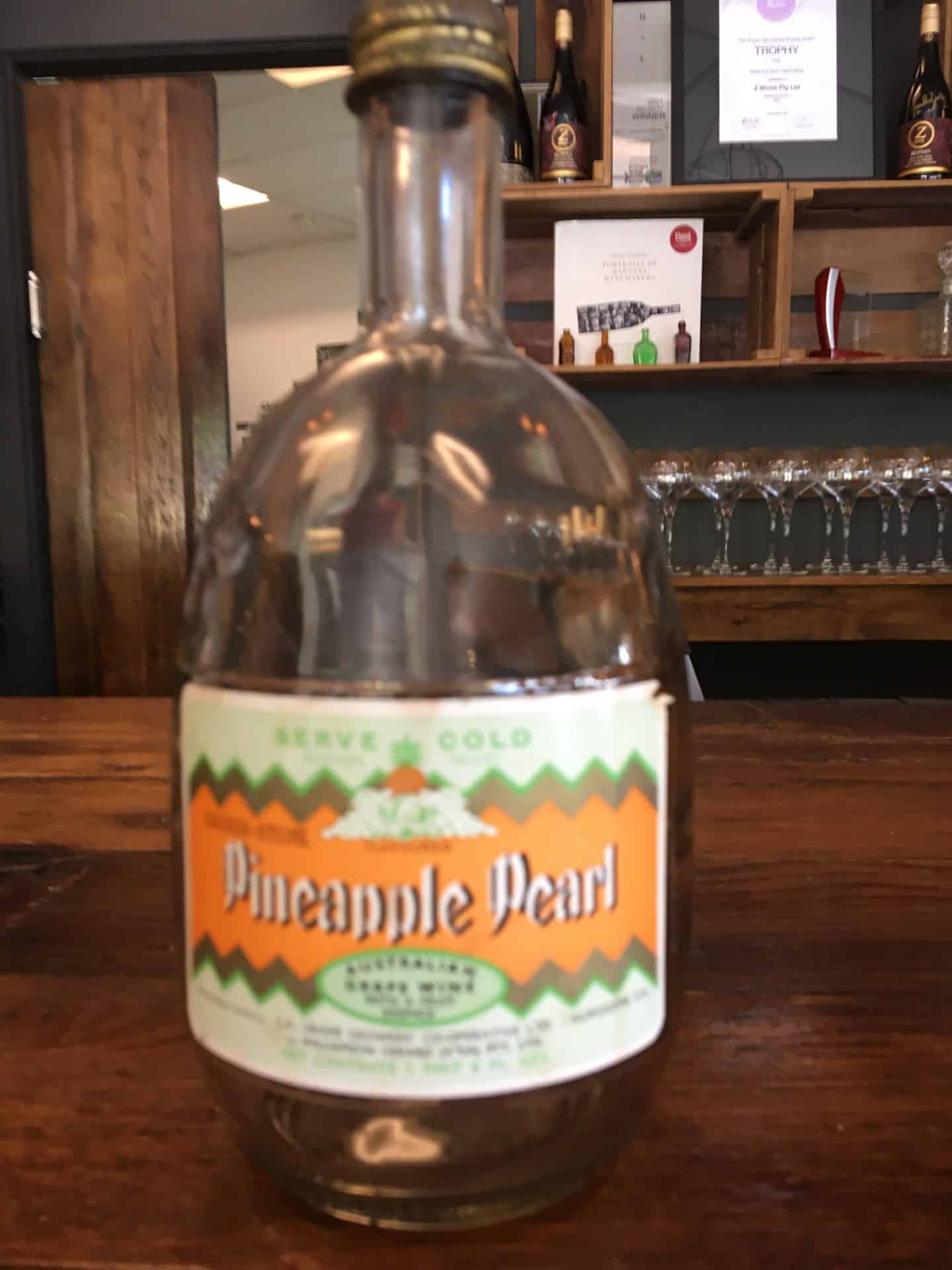Dearer wine does not mean better wine. John Cleese showed that when he invited a group of his friends over for a wine tasting.
The guests could not distinguish the wine from a $5 bottle of wine from a $200 bottle or from a $20 bottle. And for good measure they could not reliably tell a white wine from a red in a blind taste test.
John Cleese’s wonderful video from 20 or so years ago Wine for the Confused remains a common sense introduction to tasting.
And no more so than when declaring that your taste should dictate what wine you drink and buy, not the opinion of some stuffy wine critic that you read about in some magazine.
Cleese clearly agrees with the view that wine evaluation has been shrouded in snobbishness for so long that it has become a major source of comedy. As Fran Lebowitz wrote, “Intellectuals talk about ideas; ordinary people talk about things; but boring people talk about wine!”
The self appointed expert wine judges and wine writers hinder not help with their infatuation with a belief there is a significant difference in quality as you advance up the price scale.
A look at our studies of the markedly different assessments on gold medal winning riesling and shiraz at Australia’s 2023 capital city wine shows indicates what a nonsense that is.
That dearer wine does not mean better wine was the verdict also of a major study publlshed in the Journal of Wine Economics in 2008 which we summarise in our On Tasting section.
Our advice is don’t let the experts bamboozle you and don’t expect much difference in how much more enjoyable a drink will get when you outlay more tha $20 a bottle.

